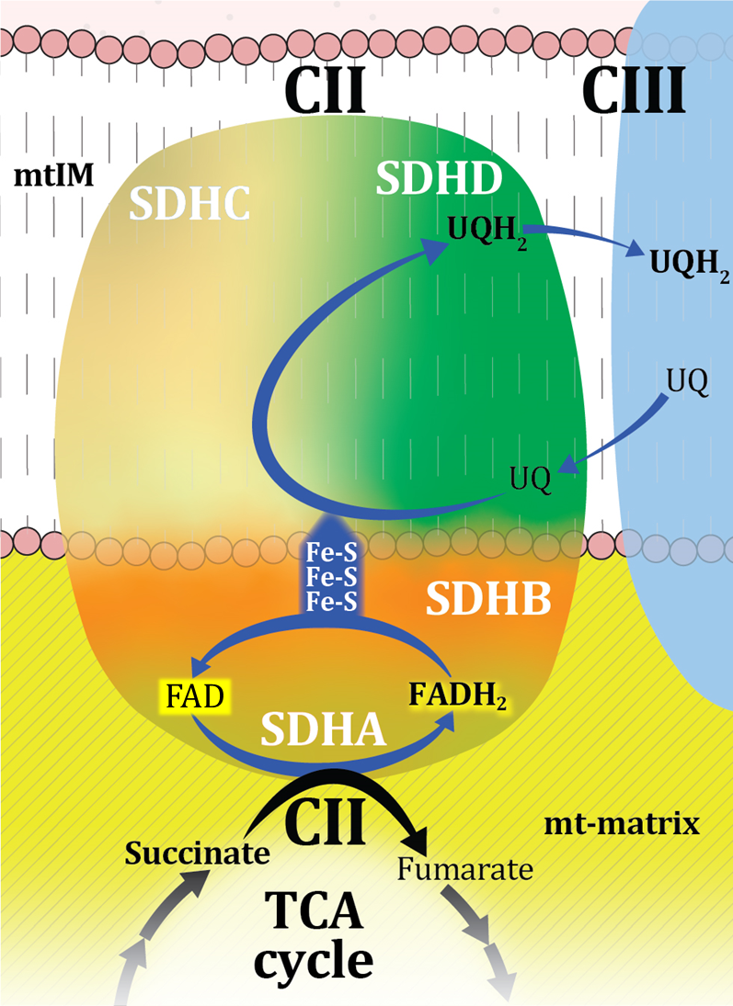Molecular signatures of inherited and acquired sporadic late onset
Por um escritor misterioso
Descrição
Acquired sporadic late onset nemaline myopathy (SLONM) and inherited nemaline myopathy (iNM) both feature accumulation of nemaline rods in muscle fibers. Unlike iNM, SLONM is amenable to therapy. The distinction between these disorders is therefore crucial when the diagnosis remains ambiguous after initial investigations. We sought to identify biomarkers facilitating this distinction and to investigate the pathophysiology of nemaline rod formation in these different disorders. Twenty-two muscle samples from patients affected by SLONM or iNM underwent quantitative histological analysis, laser capture microdissection for proteomic analysis of nemaline rod areas and rod-free areas, and transcriptomic analysis. In all iNM samples, nemaline rods were found in subsarcolemmal or central aggregates, whereas they were diffusely distributed within muscle fibers in most SLONM samples. In SLONM, muscle fibers harboring nemaline rods were smaller than those without rods. Necrotic fibers, increased endomysial connective tissue, and atrophic fibers filled with nemaline rods were more common in SLONM. Proteomic analysis detected differentially expressed proteins between nemaline rod areas and rod-free areas, as well as between SLONM and iNM. These differentially expressed proteins implicated immune, structural, metabolic, and cellular processes in disease pathophysiology. Notably, immunoglobulin overexpression with accumulation in nemaline rod areas was detected in SLONM. Transcriptomic analysis corroborated proteomic findings and further revealed substantial gene expression differences between SLONM and iNM. Overall, we identified unique pathological and molecular signatures associated with SLONM and iNM, suggesting distinct underlying pathophysiological mechanisms. These findings represent a step towards enhanced diagnostic tools and towards development of treatments for SLONM.

T-cell dysregulation and inflammatory process in Gcn2 (Eif2ak4

Disruption of Fgf13 Causes Synaptic Excitatory–Inhibitory

Figure 8 from Regional distribution of synaptic markers and APP

iPSC modeling of young-onset Parkinson's disease reveals a

The diverse molecular profiles of lynch syndrome-associated

Full article: Unlocking the Hidden Depths: Multi-Modal Integration

Alzheimer's disease associated with Down syndrome: a genetic form

Complex II - Bioblast

Transcriptomic analysis of inherited and sporadic late-onset

Genomic Fingerprint Associated with Familial Idiopathic Pulmonary

Clonal hematopoiesis of indeterminate potential (CHIP): Linking

Genetics of Alzheimer's Disease

Epigenetic signatures of methylated DNA cytosine in Alzheimer's

Loop Stefan Nicolau

Proteomics of brain, CSF, and plasma identifies molecular
de
por adulto (o preço varia de acordo com o tamanho do grupo)







